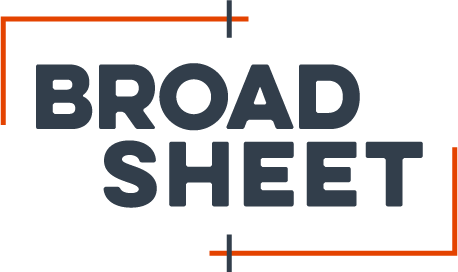Questions Any Advertiser Should Expect from a Contextual Vendor
Guest post by Mike Villalobos, Head of Strategy and Partnerships, Seedtag
Originally published in Advertising Week
Any working professional relationship begins with an interview. Whether it’s a typical job interview or a vendor discovery call, professional relationships are forged on this foundation of an initial meeting where participants ask and answer questions, set mutual expectations, outline goals and responsibilities, and generally outline the shape of what’s to come.
In the case of advertisers seeking vendors to help them find audiences, engage prospects and drive sales, early-relationship interviews can quickly become complex and technical. The digital supply chain that stands between advertisers and consumers is opaque and difficult to decipher.
This is especially true in light of Google’s coming phase-out of third-party tracking cookies. Without the ability to directly monitor individuals’ behavior and attribute performance, advertisers are having to explore new methods for finding and converting their customers. Contextual advertising – whereby the content on the page is taken as a reflection of the (now anonymous) audience – is quickly becoming the favorite cookie alternative. But making contextual targeting work takes serious technical capabilities. Here, then, are a handful of the top questions that should be discussed at any pre-relationship “interview” between advertisers and contextual targeting providers:
Do you collect first-party data and how do you manage it?
Collecting and managing first-party (1P) data is the foundation of a robust targeting and addressability strategy. By gathering opted-in personal data directly from customers or website visitors, advertisers gain valuable insights into their preferences, behaviors, and demographics. This data can be collected through various touchpoints such as website forms, email sign-ups, purchase history, or loyalty programs and first-party cookies. Effective data management involves organizing, storing, and analyzing this information securely, ensuring compliance with data protection regulations, such as GDPR or CCPA.
What is your targeting strategy?
Once an advertiser has collected 1P data, it’s time to refine a targeting strategy. This involves segmenting audiences based on relevant attributes such as age, gender, location, interests, or purchase history. By tailoring messages and offers to specific audience segments, advertisers can increase the relevance and effectiveness of campaigns. A targeted approach allows advertisers to connect with their audience on a deeper level, fostering engagement and driving conversions.
How do you manage attribution and what are your main KPIs?
Defining key performance indicators (KPIs) is essential for measuring the success of any targeting strategy. KPIs vary depending on your specific marketing goals but may include metrics that may be above or below the line and can include metrics like attention, video completion rate, conversion rate on a specific action, click-through rate, cost per acquisition, return on ad spend, or customer lifetime value. These KPIs help all parties evaluate the performance of campaigns and make data-driven decisions to optimize outcomes.
What are your core channels when trying to achieve an overarching KPI, and how do you tie them together?
When it comes to choosing core channels for targeting, it’s essential to consider where the audience spends their time and how they all play into each other. Social media platforms like Facebook, Instagram, or LinkedIn offer sophisticated targeting options based on user demographics and interests. Search engine advertising through platforms like Google Ads finds customers actively searching for relevant keywords. Display advertising and programmatic platforms provide opportunities to target specific websites or use real-time bidding to reach a desired audience. Email marketing allows personalized messaging to engage with existing customers or subscribers. By understanding the audience’s preferences and behavior, advertisers can optimize the most appropriate channels to maximize a campaign’s effectiveness. Just as important, we can’t overlook the ability for contextual, Search, SEO, and social to play a part in empowering other channels.
What type of information or learnings are you hoping to get out of a test?
A/B testing allows advertisers to compare different variables such as ad creatives, copy, or targeting criteria to identify the most impactful elements. By testing and analyzing the results, they refine strategic and tactical elements and continuously optimize campaigns for better performance.
What is your traffic split when it comes to devices and browsers?
Understanding the distribution of traffic across devices and browsers is crucial for ensuring campaigns are optimized for various platforms. This includes analyzing the split between Apple and Android devices (given that 52% of US mobile devices are iOS and fully private), as well as browsers like Chrome, Firefox, or Safari. By identifying the dominant platforms used by the target audience, advertisers and vendors can tailor campaigns to deliver the best user experience and maximize engagement.
Like all good conversations, interviews between advertisers and vendors should unfold organically. The questions above aren’t the end of the discussion, but rather a starting point for sussing out each party’s strengths, goals and capabilities. In a technically complex digital advertising landscape facing significant economic headwinds, success relies on efficiency and ensuring that every dollar spent on advertising delivers real, tangible value. The ability to choose the right partners is the first step to getting there.
